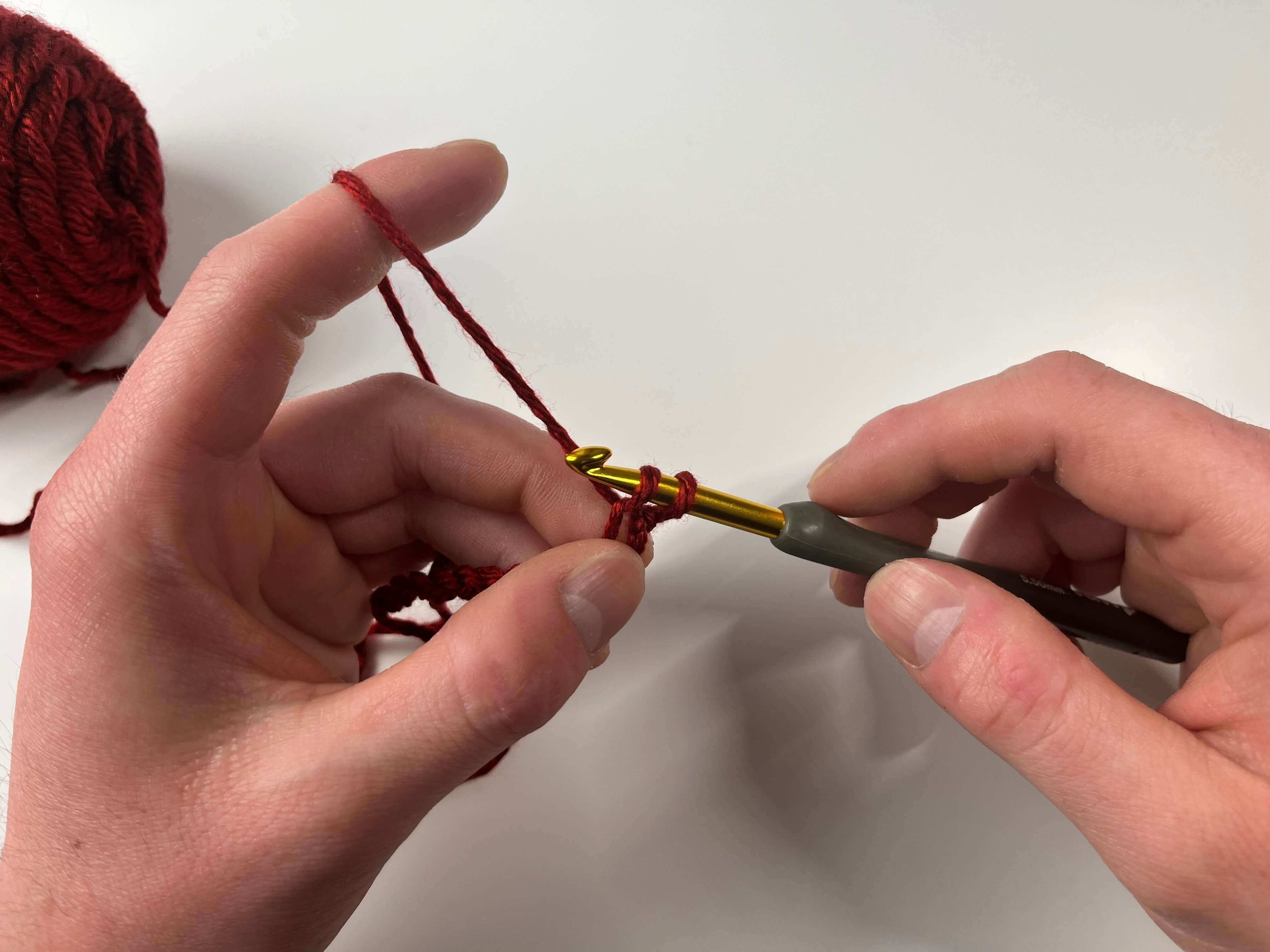How to Single Crochet
The single crochet is a necessary stitch in many projects and is considered an essential crochet skill. My hope in this post is to show you how to perform a single crochet and clear up any questions you may have!
Using only single crochet stitches tends to produce a more solid, but stiff fabric. Of course this can be adjusted by changing your tension, hook size to create a tighter or looser result with more drape or by changing the loops you work your single crochet stitches into.
How To
To make a single crochet, simply insert your hook into the next available stitch, chain or space (pattern will tell you).
Next yarn over and pull through the loop that is on your hook.
Then yarn over again, and pull through the remaining two loops on your hook.
You have now completed a single crochet stitch!
Be sure to work with this stitch in different ways to get a different result in your finished crochet pattern:
1: Both loops: This is the classic single crochet stitch repeated. It results in a stiffer, more dense finish than other crochet stitches which can be perfect for a warm piece of clothing, an accessory and even home decor when you don’t want something to look too lacy (a placement say) or to keep the heat in (a blanket).
2 Front loop only (FLO) & 3 Back loop only (BLO): Using the front or back loop only results in a similar ‘ribbed’ texture in both instances where a row of unworked loops shows through on either side of the work. The actual stitches do look slightly different depending on which loop you choose, and might influence which one you like more than the other.
4: Working in alternating front and back loops: This results in a textured pattern that could be great if you want something that isn’t flat, or to add more friction to the surface of a project (say for a crochet dishcloth that is likely to do some scrubbing).
I hope that this post has given you the info and inspiration you need to embrace the single crochet!
Happy hooking!
Avery







